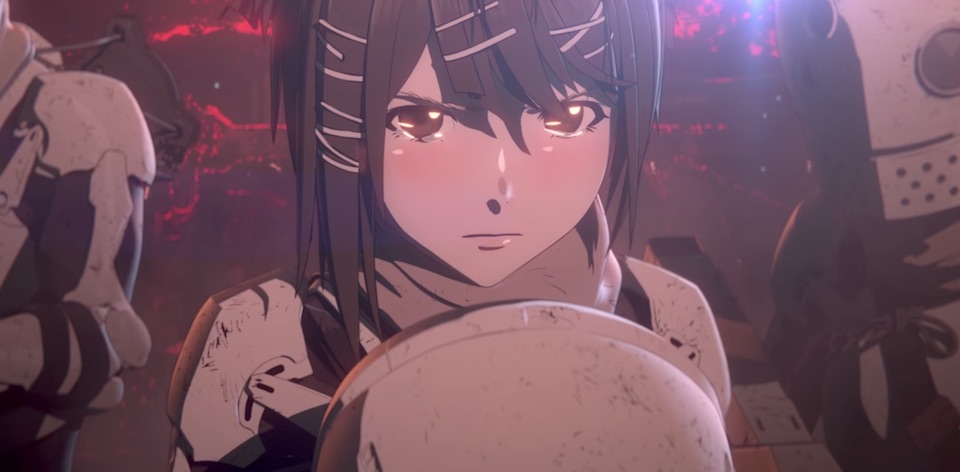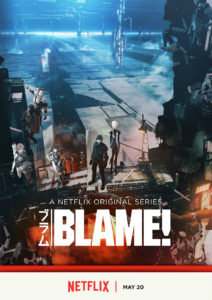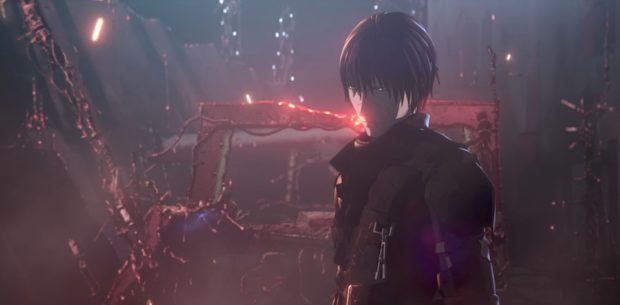“Nobody knows when the world became this way…” The cyberpunk world of manga artist Tsutomu Nihei, on the other hand, has been carefully building over the course of the last two decades. While his serial Knights of Sidonia, and subsequent animated adaptation, have earned him legions of fans, it’s his 1998 ten-volume Blame! that followers have been clamouring to see given the movie treatment.
Following some mixed reactions to the original net animation, the feature-length BLAME! is squarely aimed at showing us the vast scope of Nihei’s world. In the far future, a virus has caused automated systems to lose control. As the city self-replicates infinitely in every direction, the remaining members of humanity are hunted by the Safeguard system. Zuru, a young girl from an enclave of Electo-Fishers, is scavenging for food when she encounters Killy, whose quest for the Net Terminal Genes may hold the key to saving humankind.
Caught in development hell for the last decade, partly due to the original production studio filing for bankruptcy, director Hiroyuki Seshita (Knights of Sidonia and Ajin) does a terrific job of giving us a sense of the world these characters inhabit. Tsutomu Nihei’s influence, especially his architectural approach to design, has been keenly felt in the gaming industry in particular in the 20 years since the manga was first published. So while it is hard to separate the followers from the leader when watching this new film, there’s no denying its place in the continuum of cyberpunk.
It’s this familiar aesthetic that makes BLAME! easy to slip into, but at the same time the film can be somewhat subservient to it. While the plans for the original version of the film called for a full CG adaptation, this traditional approach helps add to the throwback feel. Some of the animation betrays the lower budget, but there’s also some beautiful ‘reverse world’ moments where the narrative becomes deeply existential and trippy.
Yet the pacing of the film is undeniable odd, and the plotting perhaps a little difficult to penetrate without the support of the source material. Even with a fluidly animated action opening that’s bookended by a hell of a finale, there’s also long and languishing campfire talks that are a less than productive use of precious animation time. The hopeful conclusion hints at more things to come, and BLAME! feels like it may have ultimately worked better as a series.






